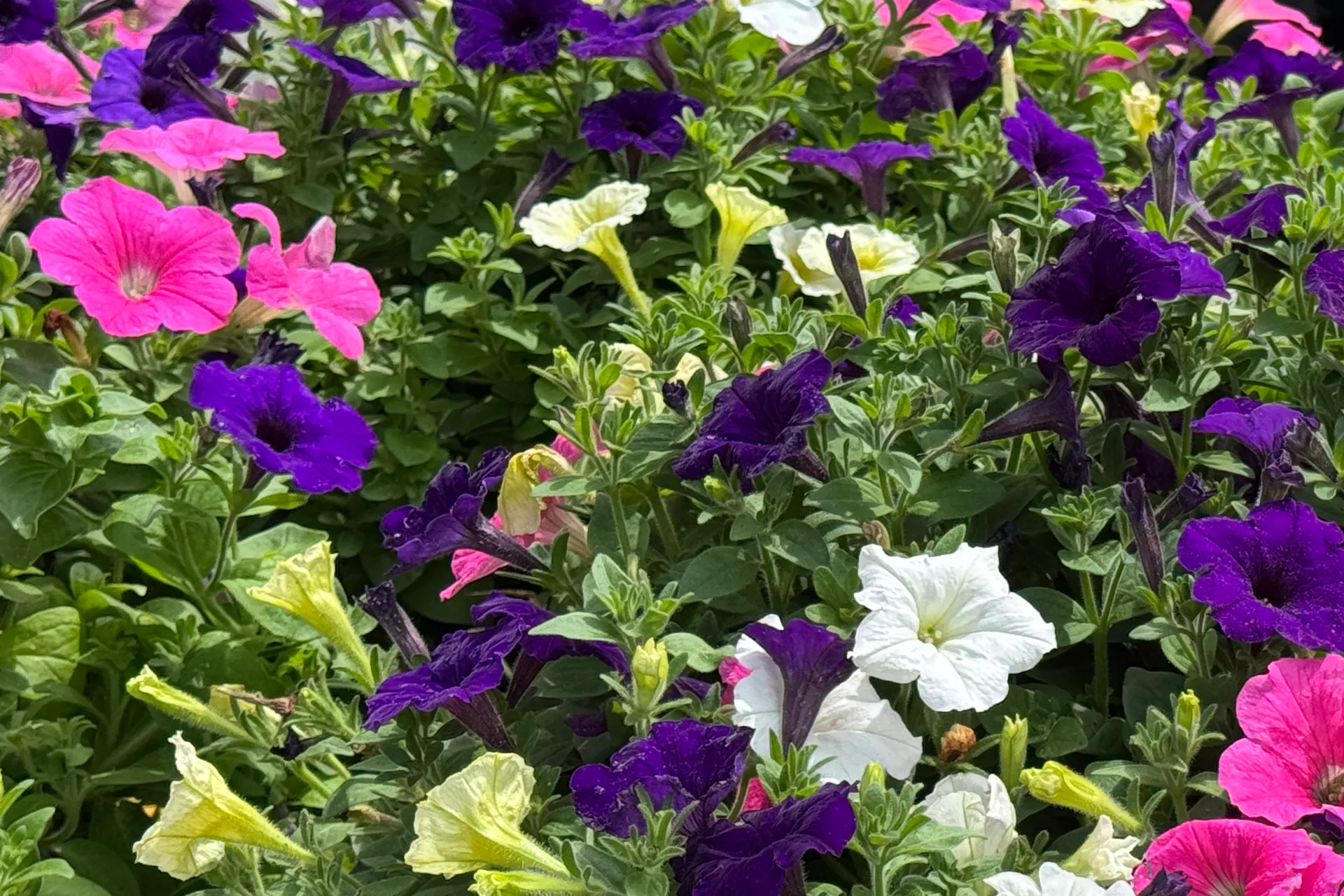This post may contain affiliate links. When you purchase through links on my site, I may earn a commission at no cost to you. See my Privacy Policy for details.
Petunias are one of my favorite flowers for non-stop color all season. If you want your petunias looking full, bright, and healthy, making it a habit to deadhead petunia blooms is key. Deadheading simply means snipping away old or faded flowers before they set seed, which keeps energy focused on producing new blooms instead of making seeds.
Regular deadheading not only encourages more flowers, but it also helps your plants stay neat and tidy. Once you get the hang of it, this quick task makes a big difference. A little attention now means you’ll be rewarded with a lush sea of petunia color all summer long.
What Does It Mean to Deadhead Petunias?
When gardeners talk about how to “deadhead petunia” plants, they’re just talking about removing old or faded blooms. I think of it as giving the plant a gentle nudge so it keeps showing off fresh flowers. Deadheading is something you do by hand, picking or snipping away the spent blossoms so your petunia puts all its effort into new growth. If you skip this step, petunias start to look messy and tired. They’ll also spend less energy making flowers and more energy producing seeds.
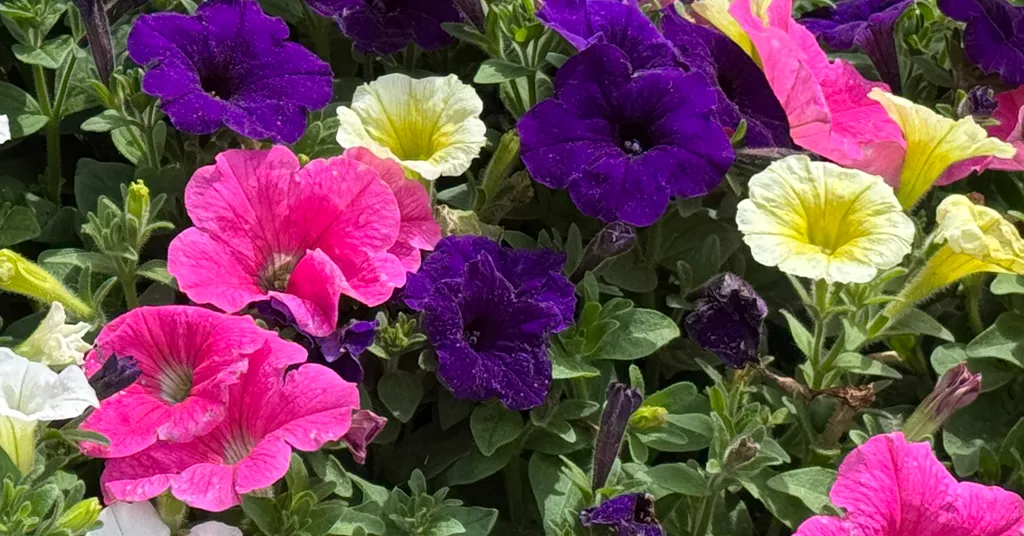
Why Deadhead Petunias?
Deadheading is not just about tidiness. It’s about helping your plants thrive. When you deadhead a petunia, you prevent seed formation. This tells your plant, “Keep blooming!” The result? More frequent and fuller blooms throughout the season.
Here’s what happens when you keep up with deadheading:
- Longer Bloom Time: Petunias can flower from late spring well into fall if you keep removing those old blossoms.
- Healthier Growth: Plants aren’t weighed down by old flowers and seed pods, so they stay stronger and fuller.
- Better Appearance: No more brown, shriveled petals. Your plants always look fresh and lively.
How Deadheading Affects Blooming and Lifespan
Petunias are considered annuals. This means they complete their life cycle in just one season. Once they set seed, their “mission” is done, and blooming may stop. By deadheading, you delay that finish line. The plant keeps pumping out flowers instead of giving up early.
Deadheading also helps the plant live its best life in that short window. You’ll notice more color, more lush foliage, and plants that last until the first frost. If you’re curious about the full meaning behind annual life cycles, check out this helpful Annual plant definition.
Why Petunias Need Deadheading More Than Some Other Plants
Some plants are tidy by nature and drop their old flowers on their own. Petunias hang onto their spent blooms and sometimes even turn them into sticky seed pods. That’s why deadheading petunia is a “must,” not just a “nice-to-have,” if you want nonstop color.
A little attention once a week goes a long way. It only takes a couple of minutes, and your reward is a petunia plant that keeps on giving, no matter how hot or rainy the summer gets. If you want your garden to pop with color from start to finish, making deadheading part of your care routine is the secret sauce.
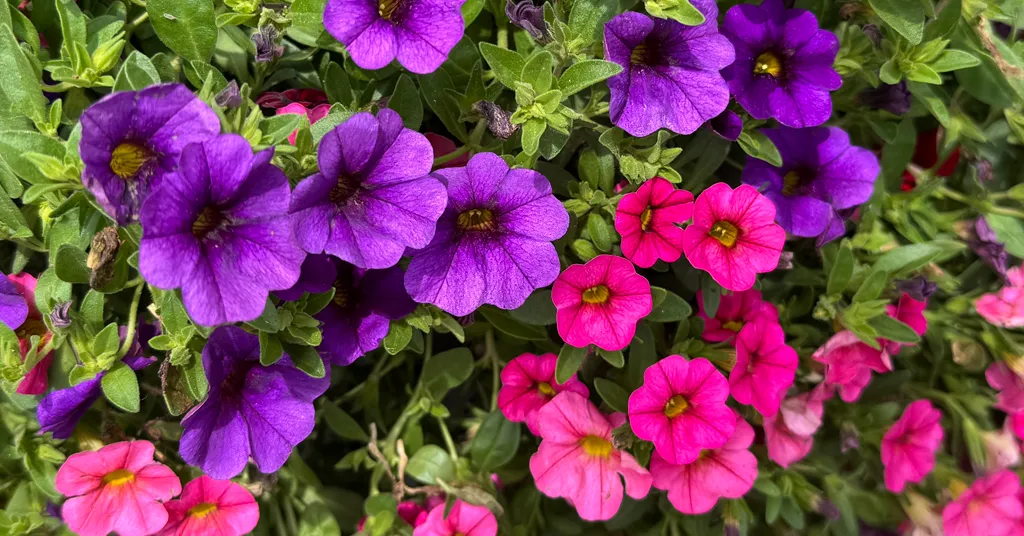
Why Deadheading Petunias Is Essential
Every gardener wants their petunias to stand out—bright, bold, packed with blooms, and healthy from spring through fall. Deadheading petunias isn’t just a chore, it’s the secret behind a garden bed that gets noticed. When I deadhead petunia plants, I’m doing much more than tidying up spent flowers. There are concrete benefits in every snip or pinch, and those pay off for annuals like petunias that only bloom for one season.
Promotes New Growth and More Flowers
Deadheading tells petunia plants to keep growing and producing new buds. If left alone, a petunia will focus on seeds after flowering, not making more blooms. By removing the old flowers, I help the plant use its energy for what we care about, lots of fresh blossoms and thick, green growth.
- More Buds: Regular deadheading means the plant keeps sending up new flower spikes instead of slowing down.
- Stronger Plants: With energy redirected to stems and leaves, plants get bushier and can handle tough weather better.
New growth leads to new flowers, and nothing beats that constant burst of color all summer.
Extends the Blooming Period
Petunias naturally want to set seed and finish their life cycle by midsummer. When I deadhead petunia blooms consistently, the plant gets “tricked” into thinking it hasn’t finished its job. That means flowers keep coming for months.
- Longer Season: Expect flowers from late spring until frost with good deadheading habits.
- Fuller Beds: Beds and baskets look lush and thick, not spotty or tired halfway through summer.
If you love flowers that stick around, deadheading is your secret weapon for the longest show.
Reduces the Risk of Disease
Spent blooms do more than just look sad—they can also invite unwanted problems. When old flowers hang around, they turn brown, trap moisture, and can become a home for disease and pests.
- Cleaner Plants: Removing faded blooms keeps the centers of plants open and airy.
- Fewer Pests: Less rotten flower material means fewer places for bugs or fungi to hide out.
- Better Airflow: Prevents mold or mildew from starting, especially in humid weather.
Plant health starts with keeping things tidy, and deadheading removes the sources of trouble long before they spread.
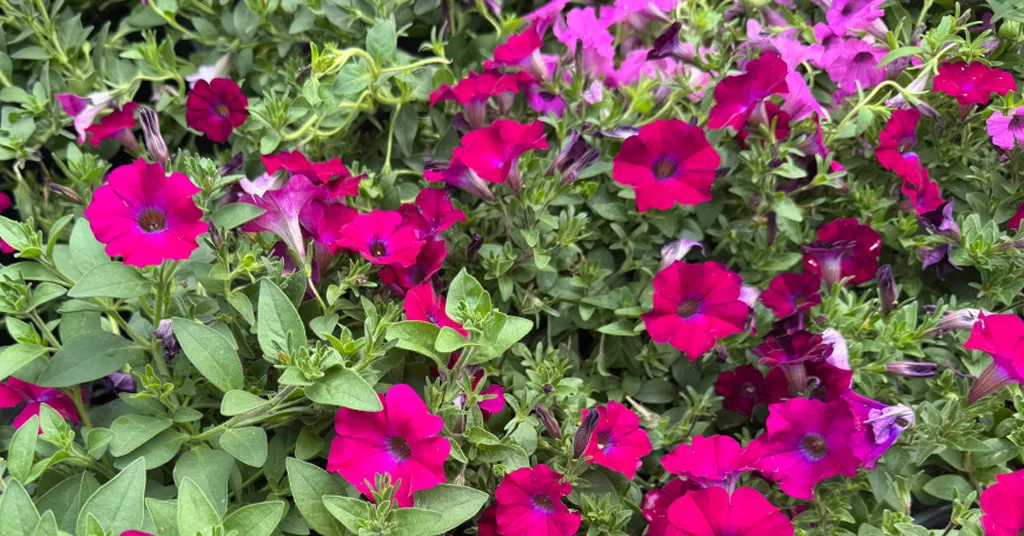
Why This Is Extra Important for Annuals Like Petunias
Annuals only get one shot at their show. If they start to set seed early, they’ll stop growing and flowering quickly. For petunias, especially, the difference deadheading makes is clear—more flowers, thicker plants, and color right until the cold sets in.
Staying on top of this simple task means your garden stays a favorite spot all season, instead of fading before its time. If you want to know more about the difference between annuals and perennials and why these quick tricks work so well, I’ve found this breakdown of annual plant characteristics handy for beginners and experienced gardeners alike.
Deadheading isn’t just about looks—it’s about giving your garden the longest, brightest life possible. Try it for a week, and you’ll quickly see why it’s a must for anyone who loves full, healthy petunias.
How to Deadhead Petunias: Step-by-Step Process
Deadheading petunia plants is a quick and satisfying task that brings out the best in your garden. This small routine keeps your flowers looking fresh and encourages more blooms all season long. If you’re new to gardening or have tended beds for years, a little time spent deadheading goes a long way. Let’s look at the tools you’ll need and break the deadheading process down into easy steps.
Tools Needed for Deadheading
Before you start, grab a few simple tools to make deadheading petunia blooms easier and safer. The right tool helps you avoid damaging your plants and supports healthy growth.
- Small Pruning Shears or Scissors: Sharp, clean pruners snip through stems neatly. I find that a pair of small garden scissors works well, especially for petunias’ thin stems.
- Garden Gloves: Petunias can get sticky, and gloves keep your hands clean. They also protect your skin from any sharp stems or garden pests.
- Hand Basket or Pail: Use this to collect spent blooms so you can toss them on your compost pile or yard waste.
Maintenance Tips:
- Wipe blades with rubbing alcohol before and after use. This stops the spread of disease from plant to plant.
- Sharpen your tools regularly to avoid crushing stems, which can slow recovery and growth.
- Store tools in a dry area to prevent rust and keep them ready for your next gardening session.
With just these essentials, you’re set up for quick, efficient, and safe deadheading.
Step-by-Step Deadheading Petunia Guide
Ready to revive your petunia bed? Here’s a straightforward approach for gardeners of any skill level:
- Spot the Spent Blooms
- Look for faded, brown, or wilted flowers. Petunias tend to hold onto dead blooms, making them easy to find.
- Healthy flowers stay full and vibrant. Only remove those that have lost their color and shape.
- Pinch or Snip the Flower
- For a quick fix, pinch the old bloom and seed pod off just above the nearest set of leaves. If you prefer neatness, use your scissors or pruners to cut the stem cleanly.
- Aim to remove the entire flower head, including any small seed pod forming below it. Leaving seed pods behind can slow new flower production.
- Work the Whole Plant
- Move methodically around your petunia, checking for any flowers that look tired.
- Watch for hidden wilted blooms inside the leaves, especially in bushy or trailing varieties.
- Dispose of Debris
- Gather up old blooms and stems. Toss them onto your compost pile or into the green bin.
- Keeping your garden tidy helps prevent mold or pests from settling in.
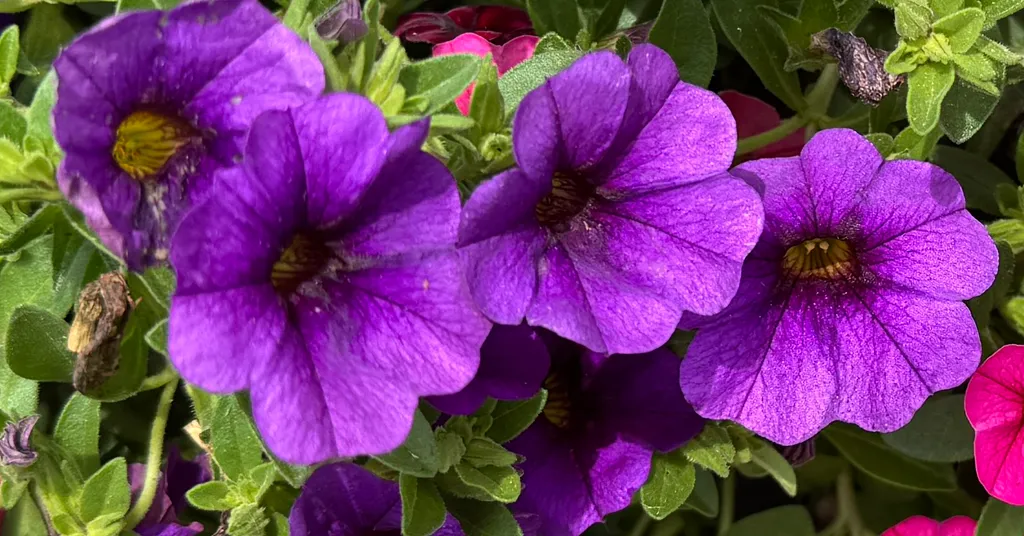
Timing and Frequency
- I find it easiest to deadhead petunia blooms once a week, but heavily blooming plants may need it more often.
- Early morning or late afternoon is the best time. The plant isn’t under heat stress, and you’ll avoid wilting new growth.
- Stay consistent for the best bloom show throughout the season.
The more often you deadhead, the less work you’ll have in each session, and the more flowers you’ll get for your effort.
Common Mistakes When Deadheading Petunias
Deadheading petunia blooms is simple, but even experienced gardeners can slip up and make mistakes. These errors might seem small, but they can stress out your plant or hurt blooming later on. Knowing what to watch out for helps you get the most out of your petunias. Below, I’ll walk you through the main trouble spots to avoid, with easy tips to fix them.
Snipping Healthy Buds Instead of Spent Blossoms
It’s easy to confuse a new flower bud with a spent petunia bloom, especially when working quickly or during the heat of the day. Healthy buds look plump and are often a bit sticky, while faded blooms are wilted and have lost their bright color.
- What to avoid: Accidentally pinching off healthy flower buds along with old flowers.
- Simple fix: Take a close look before you pinch or cut. New buds are round and tight, usually facing upward. Spent blooms look wilted or brown and often point down.
Staying focused for just a few minutes can save you from accidental snips.
Damaging Petunia Stems During Deadheading
Rushing through deadheading petunia can lead to bent, bruised, or broken stems. Damaged stems slow down new growth and make your plants more likely to get sick.
- Common mistakes: Yanking blooms instead of snipping, or using dull scissors that crush rather than cut.
- Simple fix: Use sharp, clean garden scissors or pruners. Cut just above a leaf or node. Avoid pulling blooms by hand unless they come off with the gentlest pinch.
Healthy stems mean stronger plants and bigger flowers. If you notice stems that look pinched or torn, snip them cleanly above the next healthy set of leaves to encourage new shoots.
Leaving Seed Pods Behind
Petunias make seed pods right after the blossom fades. If you only remove petals and leave behind the tiny green pod, you’re missing the point. The plant will still send energy to those seeds, slowing down new blooms.
- Typical error: Picking off just the top of the flower, not the whole deadhead, including the pod.
- Simple fix: Always remove the entire flower head, pod, and all, down to the next set of leaves.
Focus on cleaning up the whole bloom. This simple habit keeps your petunia flowers cycling faster.
Forgetting to Clean Your Tools
Dirty pruners or garden scissors spread plant diseases and fungi. It’s easy to skip cleaning, especially when moving quickly through the garden, but it can cost you healthy plants later.
- Why it matters: Bacteria, fungus, and viruses travel on tool blades.
- How to prevent: Wipe down blades with rubbing alcohol before and after deadheading petunia. Wash your hands between different plant types if you’re being extra careful.
Building this habit means less disease, better air flow, and fewer surprises in your flower beds.
Skipping Regular Deadheading Sessions
Petunias need steady care. Skipping a week or two lets the spent flowers pile up. The plant will shift from blooming to seed-making, which means fewer flowers for you.
- Mistake: Waiting until the plant looks messy before deadheading.
- Advice: Make it a weekly routine. Even a quick five-minute check does wonders for long-term blooms.
When deadheading feels part of your regular gardening rhythm, your petunias will reward you with bigger, brighter shows of color every time.
Mistakes happen, but they’re easy to correct. Slow down, use the right tools, and keep your eyes out for these common deadheading petunia slip-ups. Your flowers will thank you.
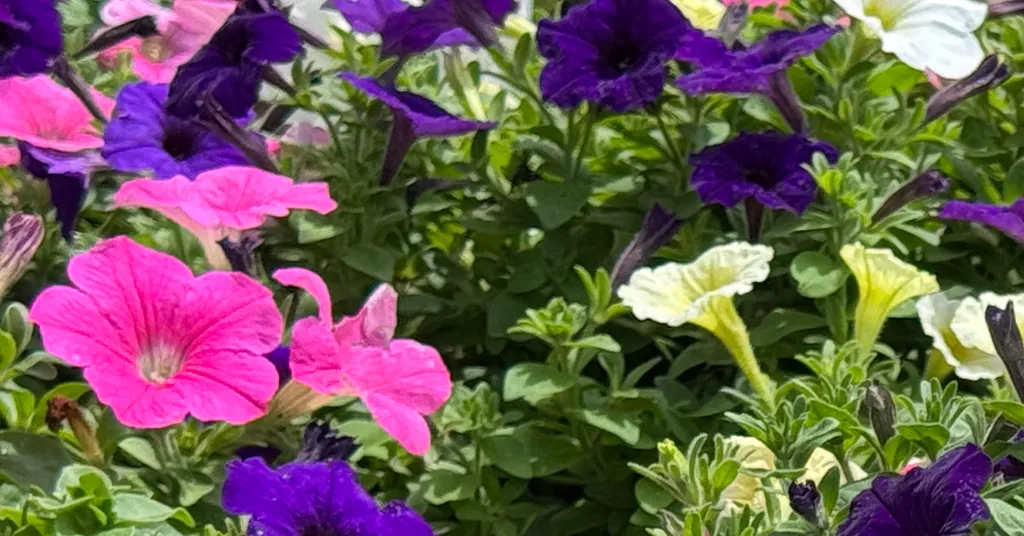
Extra Tips for Thriving Petunias After Deadheading
Deadheading does a lot for your petunias, but a little extra care can help them shine. Once you get in the habit of snipping off spent blooms, use these simple tips to give your petunias the boost they need. These tricks keep plants happy, healthy, and covered with colorful blooms from spring till frost.
Feed for Consistent Blooms
After you deadhead petunia flowers, feeding them keeps the good times rolling. I find that a balanced liquid plant food works best. Every two to three weeks, give your petunias a dose of fertilizer, following the package directions. This steady nutrition helps them bounce back and put out even more flowers.
If you notice yellowing leaves or slow growth, don’t wait. A quick feed can perk them up fast. Stick to a regular schedule and always water before you fertilize. Wet soil keeps roots safe from burn.
Water Deeply, Not Just Often
Petunias like soil that stays moist, but not soggy. Aim to water at the base, soaking the root zone. Shallow watering might look fine, but it leads to weak roots and floppy stems. Early morning is best, giving plants time to dry off before nightfall.
I always check the soil with my finger—if the top inch feels dry, it’s time to water. In hot spells, petunias in pots might need a drink every day. Raised beds and garden beds usually hold moisture a little longer.
Give Them the Right Sunlight
Petunias are sun-lovers. Make sure they get at least six hours of direct sunlight each day. This much sun brings out more blooms and richer colors. If you’re growing petunias in containers, reposition them to follow the sun during the season.
If your yard has partial shade, don’t worry. Morning sun is better than nothing, but the more light, the happier your plants. Leggy, thin stems are a sign you could use a sunnier spot.
Pinch for Bushier Plants
Besides deadheading, try pinching back long stems early in the season. Clip about an inch or two off the tips. This simple trick makes petunias branch out, leading to mounds of flowers instead of lanky growth. I do this every few weeks until my plants look full.
Watch for Pests and Disease
Healthy petunias bounce back quickly after deadheading, but pests love weak plants. Keep an eye out for sticky leaves, tiny holes, or white powdery spots. Remove any sick-looking leaves right away and pick off insects by hand if you can.
If you’re growing petunias in pots, turn containers every week or so. Good air flow and fresh angles stop mildew from settling in.
Tips for Container-Grown Petunias
Petunias thrive in containers with good drainage and the right soil mix. If you’re new to container growing or want some fresh advice, I highly recommend checking out these container gardening tips. You’ll find everything from choosing containers to sunlight advice and watering tricks to keep your blooms coming.
Container petunias can dry out fast and need feeding a bit more often than garden bed plants. Make sure your pots have drainage holes and use a light, fluffy potting mix. Pick containers that let roots breathe and never let water pool at the bottom.
Adding these small habits to your deadhead petunia routine makes a big difference. Healthy, well-cared-for petunias put out the very best show all summer long. Your garden will be the envy of the block!
Deadheading petunia makes all the difference if you want bright, healthy blooms that last from spring until frost. Snipping away spent flowers keeps energy going to new growth. Your garden stays full, colorful, and never looks tired. Adding this easy step to your routine means you’ll always see the best from your petunias.
Thanks for spending time with me and giving your petunias some extra care. Let’s keep our gardens thriving and share what works. I’d love to hear about your success with deadheading petunia!

